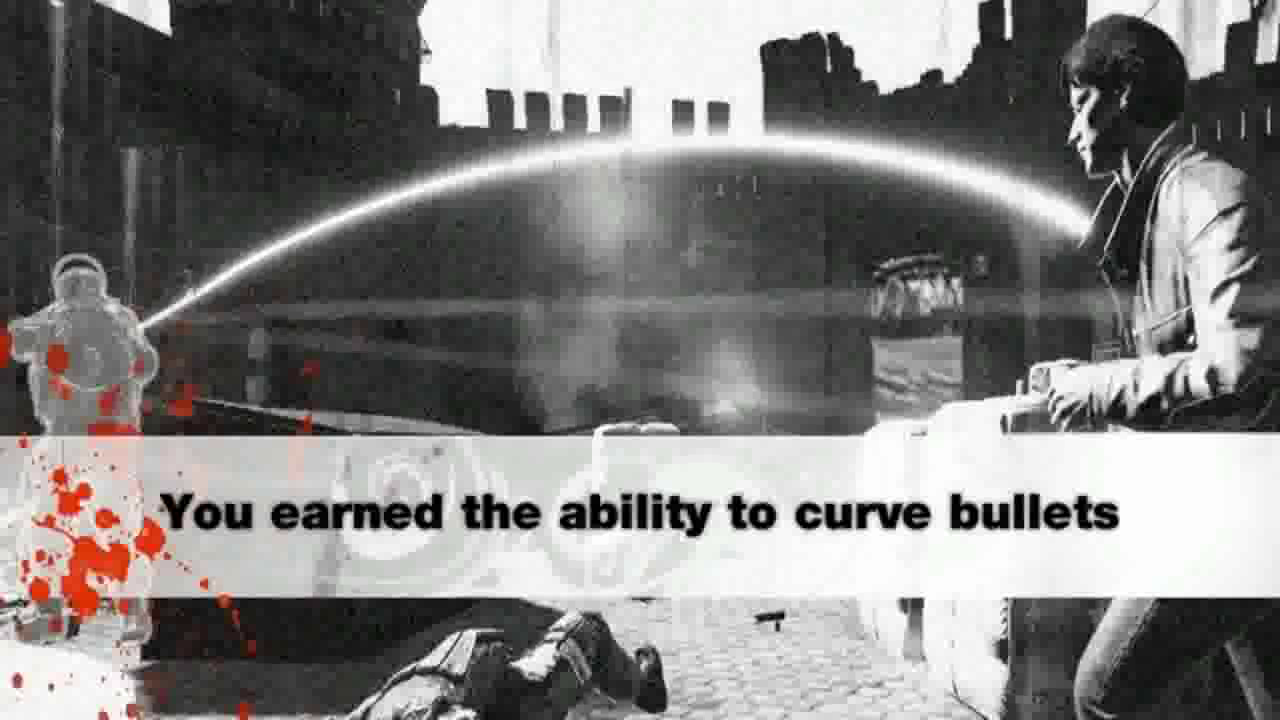Just thought I would mention another data point. I ran Bryan's AB point-mass solver for one of my new bullets to be fired at Whittington NM later this year. I used the McDRAG calculated BC(G7) multiplied by 1.124 to agree with David Tubb's 1000-yard measurements of similar design hyper-stable 338-caliber copper bullets earlier this year. The subject bullet is the 375-caliber, 343.6-gr Mk II bullet to be prototyped by Dan Warner in a few weeks. Other good copper solids should work similarly. The G7 BC I used was 0.4954. Whittington is at a 6500 feet elevation above sea-level, so local absolute air pressure should be 23.54 inHg according to ICAO. For an ambient air temperature of 65 degrees F, the speed of sound should be about 1123 fps. Based on this bullet ogive shape and dimensions, transonic buffeting should not begin until this bullet slows to Mach 1.1 or 1235 fps, and it should become completely subsonic at Mach 0.90 (1011 fps). I threw in 10-percent Relative Humidity as well.
I ran trajectories out to 4500 yards for various muzzle speeds from a 7.0-inch twist .375/.366 barrel for initial hyper-stability with initial Sg = 3.25. Basically, I found that the maximum supersonic range in yards approximately matches muzzle speed in fps between 3000 and 4500 fps. That is, if you want 3520 yards (2 statute miles) of supersonic flight, you need a launch speed of 3520 fps, which is feasible. Transonic flight requires just the next 200 yards of bullet travel before subsonic flight commences. You would need 28.7 mils of total muzzle elevation to zero at 3520 yards. The bullet still carries 1164 ft-lbs of kinetic energy at 1235 fps. Total drop from the bore axis is about 308 feet, so I am guessing about 6.5 feet of spin-drift at 2 miles (I did not run those numbers yet). Bryan estimates spin-drift at 11.3 feet and the Coriolis effect at 2.5 feet, also rightward.
EDIT: I ran the numbers for this Whittington atmosphere, and spin-drift at 1000 yards is just 2.2 inches. It is 4.0 feet at 3520 yards. The Scale Factor is 1.32 percent of drop. It actually required a MV of 3540 fps to reach 3520 yards at Mach 1.10 (1235 fps).
I ran trajectories out to 4500 yards for various muzzle speeds from a 7.0-inch twist .375/.366 barrel for initial hyper-stability with initial Sg = 3.25. Basically, I found that the maximum supersonic range in yards approximately matches muzzle speed in fps between 3000 and 4500 fps. That is, if you want 3520 yards (2 statute miles) of supersonic flight, you need a launch speed of 3520 fps, which is feasible. Transonic flight requires just the next 200 yards of bullet travel before subsonic flight commences. You would need 28.7 mils of total muzzle elevation to zero at 3520 yards. The bullet still carries 1164 ft-lbs of kinetic energy at 1235 fps. Total drop from the bore axis is about 308 feet, so I am guessing about 6.5 feet of spin-drift at 2 miles (I did not run those numbers yet). Bryan estimates spin-drift at 11.3 feet and the Coriolis effect at 2.5 feet, also rightward.
EDIT: I ran the numbers for this Whittington atmosphere, and spin-drift at 1000 yards is just 2.2 inches. It is 4.0 feet at 3520 yards. The Scale Factor is 1.32 percent of drop. It actually required a MV of 3540 fps to reach 3520 yards at Mach 1.10 (1235 fps).
Last edited:



